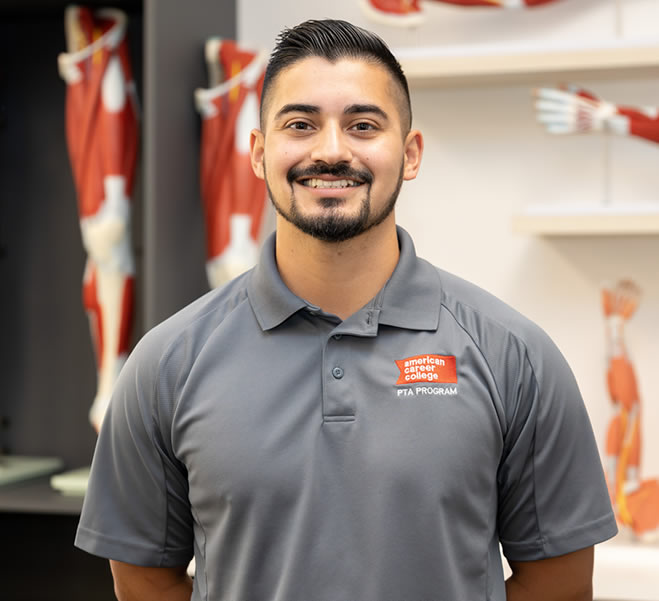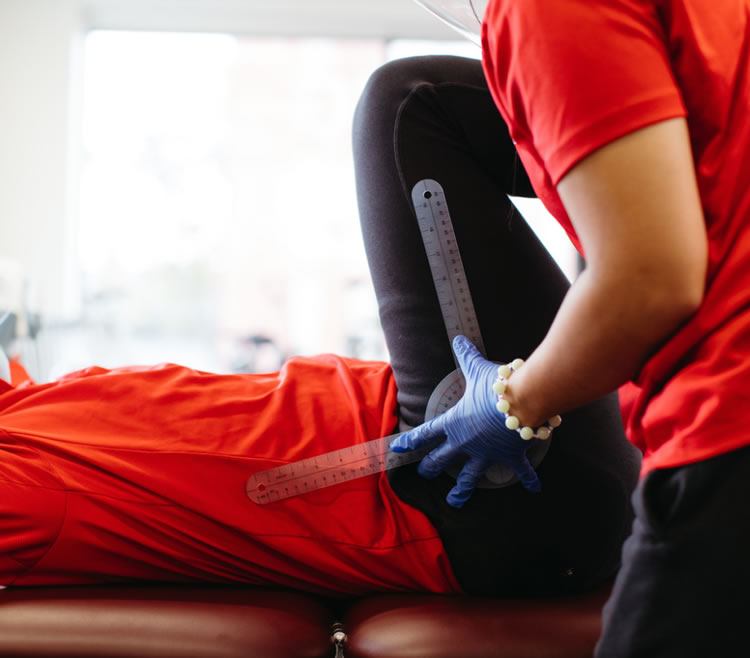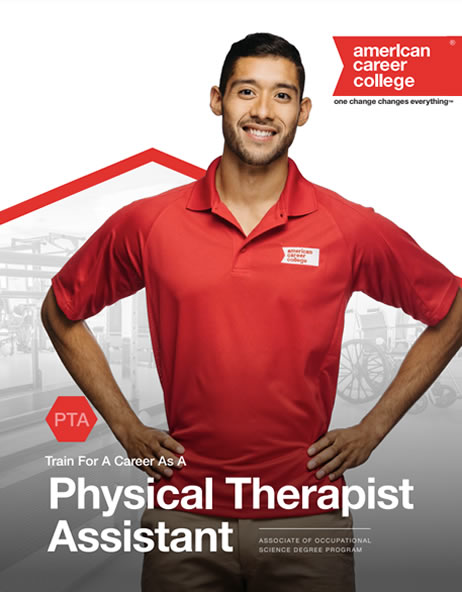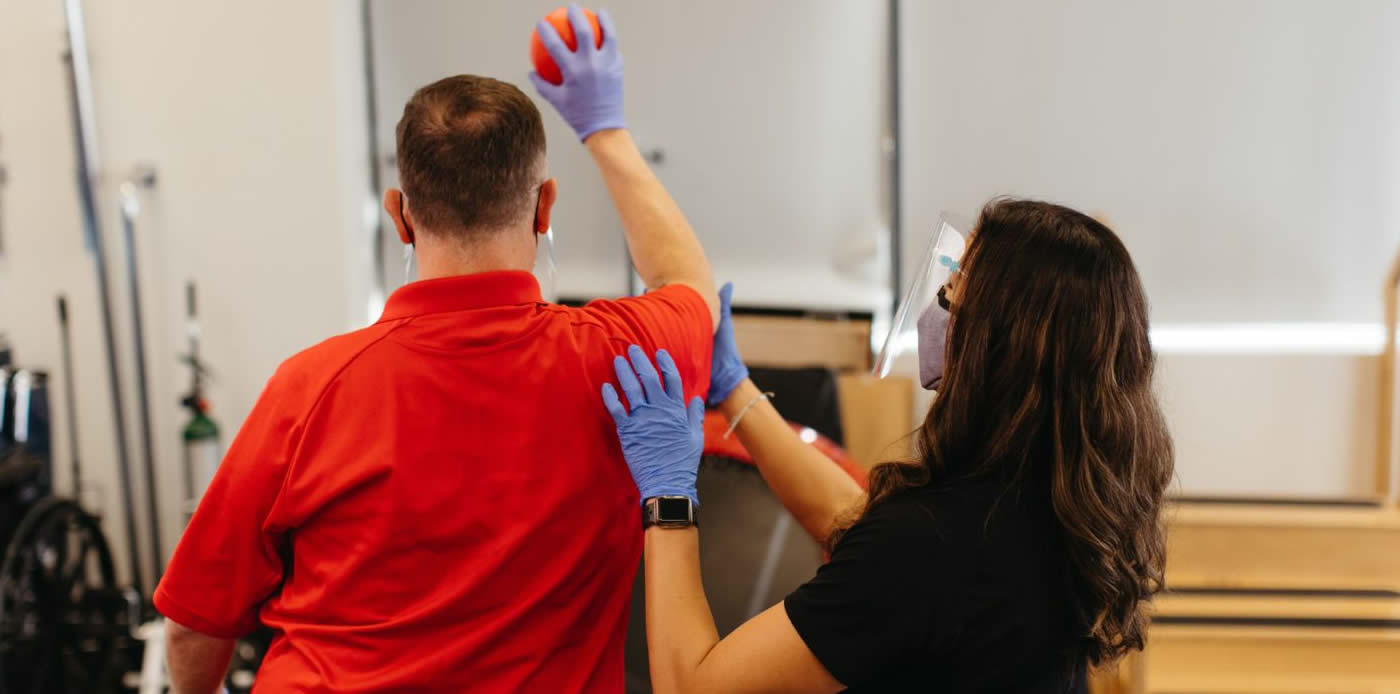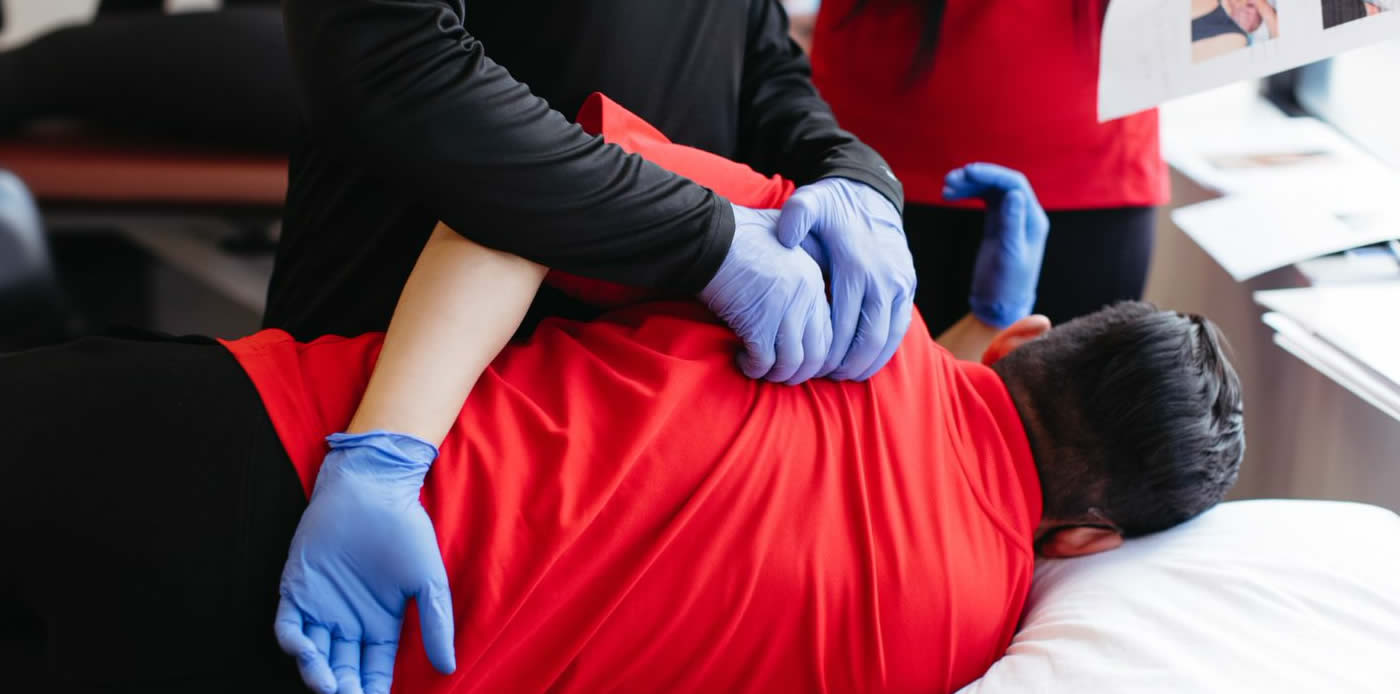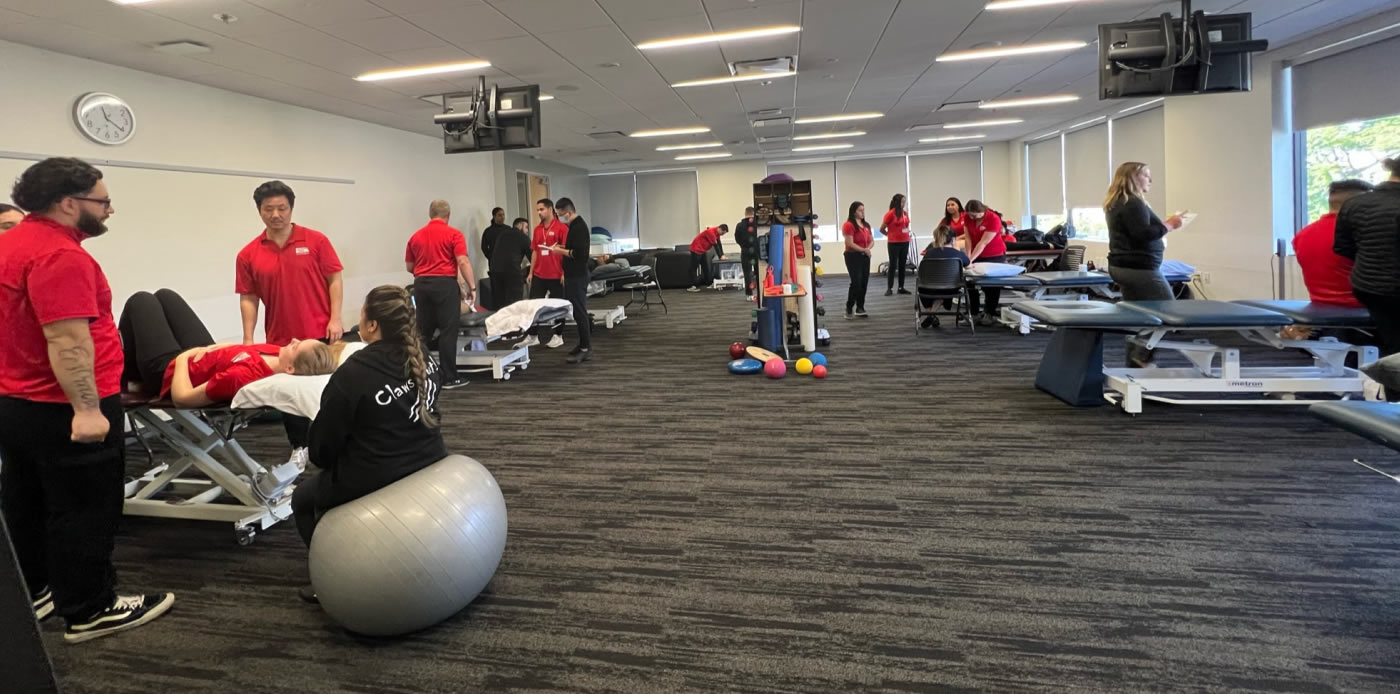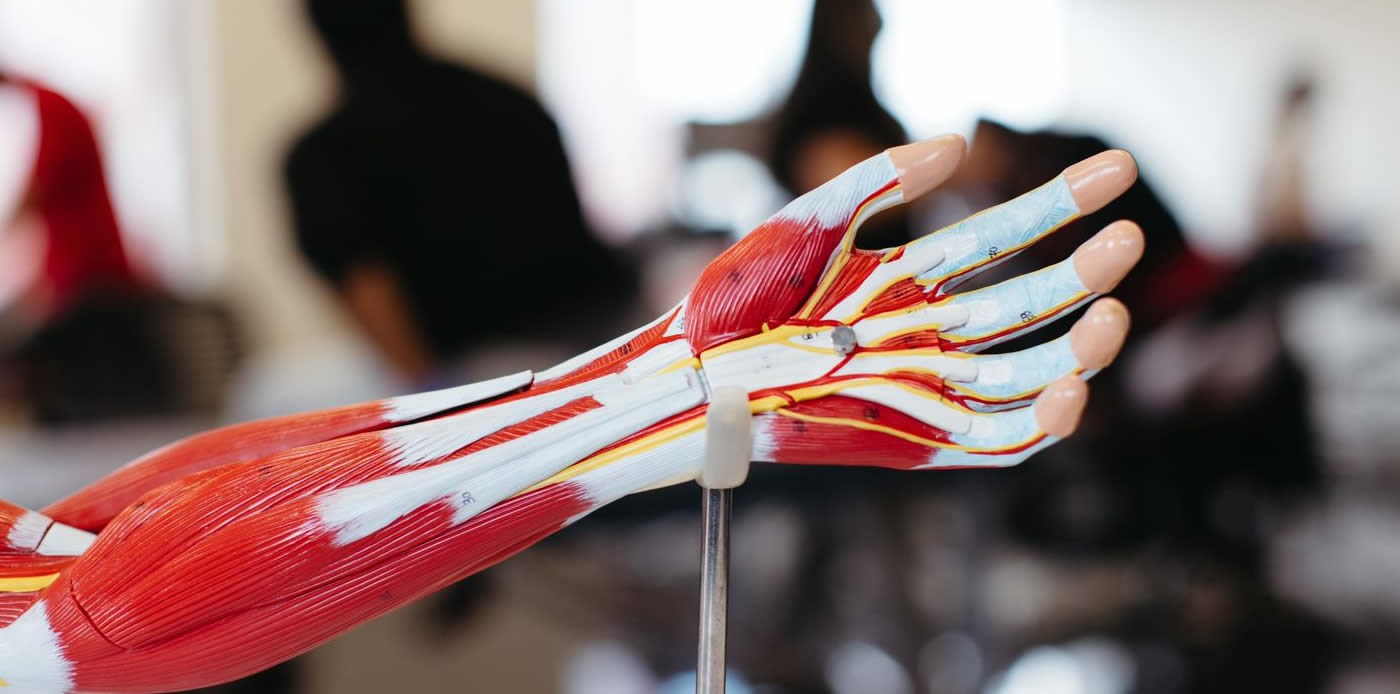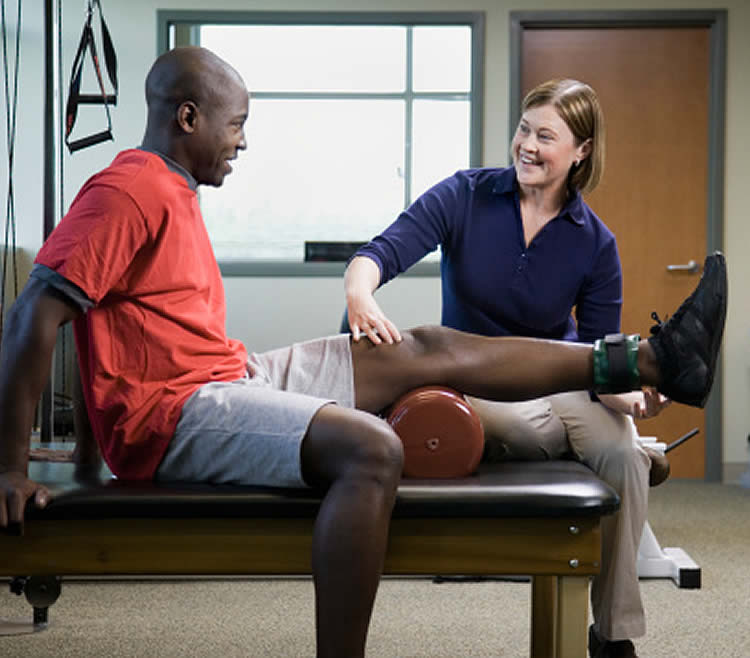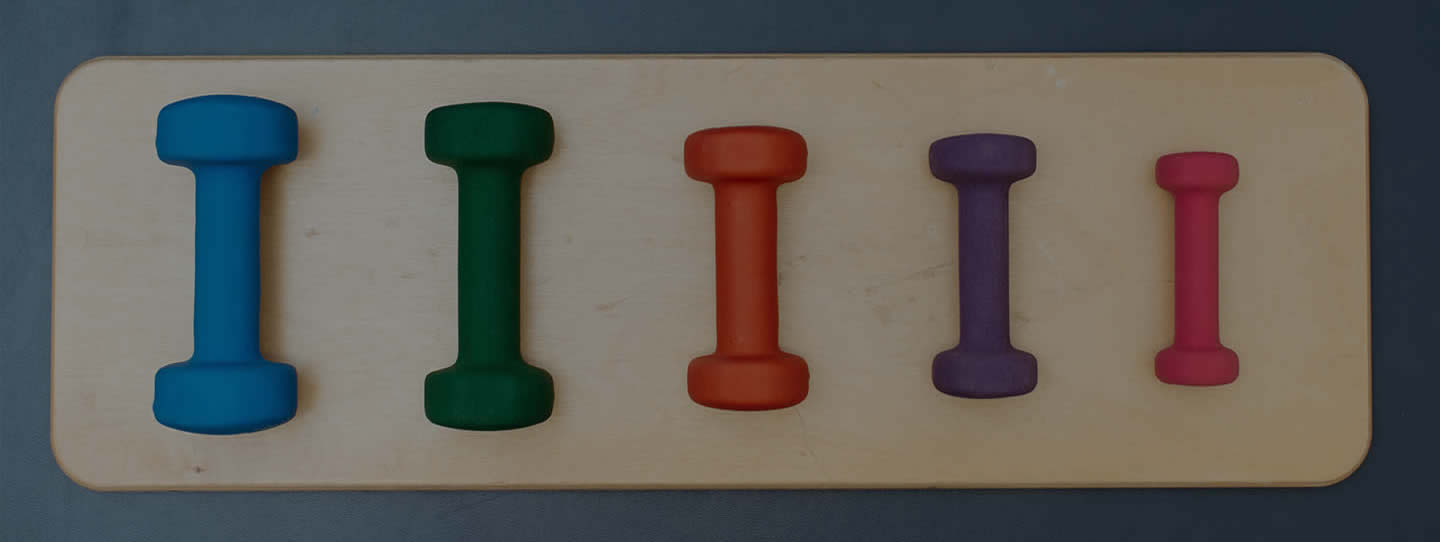| ANAT208 |
Anatomy and Physiology for Rehab Professionals † |
20 | 0 | 2.0 |
This course is a continuation of Anatomy 200, designed for the student in the rehab profession, with a focus on the musculoskeletal and nervous systems. In this course, students will further explore body tissues, the nervous system and the skeletal and muscular systems in depth. Movement is studied through the introduction and investigation of relevant concepts including but not limited to: leverage principles, contraction types, prime movers, stabilizers, factors restricting motion, and kinetic vs. kinematic differentiations. This will ensure the students are well prepared for what they may encounter in the clinical setting and be able to identify specific bones and muscles, including their function, origin, insertion, and innervation. |
| ANAT208-L |
Anatomy and Physiology for Rehab Professionals Lab |
40 | 0 | 2.0 |
This course is a continuation of Anatomy 200, designed for the student in the rehab profession, with a focus on the musculoskeletal and nervous systems. In this course, students will further explore body tissues, the nervous system and the skeletal and muscular systems in depth. Movement is studied through the introduction and investigation of relevant concepts including but not limited to: leverage principles, contraction types, prime movers, stabilizers, factors restricting motion, and kinetic vs. kinematic differentiations, biomechanics. This will ensure the students are well prepared for what they may encounter in the clinical setting and be able to identify specific bones and muscles, including their function, origin, insertion, and innervation. Students will demonstrate identification of important structures of the body. |
| PTA100 |
Introduction to PTA † |
20 | 0 | 2.0 |
This course introduces students to the physical therapy profession with topics including: American Physical Therapy Association (APTA) membership and participation, Standards of Ethical Conduct and Guide to Physical Therapy Practice, as well as laws and regulations pertaining to the practice of physical therapy. Additional areas of study include: cultural perceptual differences, ancillary health care services, and health care delivery systems. Basic concepts for legal and effective clinical documentation are introduced. Each student will present a research paper related to a clinical topic. |
| PTA100-L |
Introduction to PTA Lab |
40 | 0 | 2.0 |
Introduction to Physical Therapist Assistant Lab introduces students to the physical therapy profession through practical training. Students experience introductory physical therapy practice as they perform basic skills including demonstrating proper body mechanics, positioning, lifting, transfer techniques, gait training, universal precautions, and vital signs. Students will document using basic documentation skills acquired through the course. |
| PTA104 |
Professional Communications for the PTA ‡ |
40 | 0 | 4.0 |
Professional Communications for the Physical Therapist Assistant prepares students for verbal and written communication requirements within the clinical environment and community. Emphasis is placed on understanding and appreciating diverse attitudes regardless of age, gender, culture or socioeconomic status. Learning activities on documentation using approved medical terminology and format are integrated into this course while students explore clinical skills and principles developed in subsequent courses. |
| PTA211 |
Clinical Skills for the PTA † |
20 | 0 | 2.0 |
Clinical Skills prepares students in theoretical concepts for basic data collection methods in manual muscle testing, muscle length testing, osteokinematic and arthrokinematic function, end-feel, anthropometric measures and goniometry. Students will understand how impairments are identified through data collection and utilized in designing treatments for different patient conditions. Students will incorporate literature reviews to determine evidence-based outcome measures for data collection methods. |
| PTA211-L |
Clinical Skills for the PTA Lab |
40 | 0 | 2.0 |
Clinical Skills provides students practice in performing techniques for basic data collection methods in manual muscle testing, muscle length testing, osteokinematic and arthrokinematic function, end-feel, anthropometric measures and goniometry. Students demonstrate modification of techniques as necessary based on patient condition. Students will understand how impairments are identified through data collection and utilized in designing treatments for different patient conditions. Students will incorporate literature reviews to determine evidence-based outcome measures for data collection methods. |
| PTA215 |
Musculoskeletal I † |
20 | 0 | 2.0 |
Musculoskeletal I facilitates a deeper understanding of applied musculoskeletal anatomy, osteokinematic and arthrokinematic principles associated with functional movement. Understanding muscle action, joint motion and nerve involvement correlating with common musculoskeletal dysfunctions will be the focus. Abnormal movement and impairments manifesting from common musculoskeletal dysfunction will be explored. Soft tissue mobilization techniques are introduced as an intervention technique. Concepts of pain science including pain mechanisms and utilizing pain scale to determine appropriate treatments will be discussed. Students are introduced to identifying appropriate interventions based on impairments as they begin understanding the concepts of clinical decision-making. Documentation of treatment will also be included through case studies. |
| PTA215-L |
Musculoskeletal I Lab |
40 | 0 | 2.0 |
Musculoskeletal I facilitates a deeper understanding of applied musculoskeletal anatomy, osteokinematic and arthrokinematic principles associated with functional movement. Understanding muscle action, joint motion and nerve involvement correlating with common musculoskeletal dysfunctions will be the focus. Abnormal movement and impairments manifesting from common musculoskeletal dysfunction will be explored. Students are introduced to identifying appropriate interventions based on impairments as they begin understanding the concepts of clinical decision-making. Soft tissue mobilization techniques are introduced as an intervention technique. Concepts of pain science including pain mechanisms and utilizing pain scale to determine appropriate treatments will be discussed. Documentation of treatment will also be included through case studies. Students will practice manual therapy treatment techniques and demonstrate appropriate interventions based on diagnosis and stage of condition. |
| PTA216 |
Pathophysiology for the PTA ‡ |
40 | 0 | 4.0 |
Pathophysiology for the Physical Therapist Assistant defines and identifies pathology, disease, abnormal laboratory findings, pathogenesis, etiology, history, clinical manifestations, morbidity, mortality, prognosis and epidemiology. Classifications for most diseases are identified by body system. Content within this course defines and describes the pathophysiology of certain diseases while illustrating anticipated impairments, functional limitations, and disabilities that may, in conjunction with the disease, impact the patient. This approach is complemented by identifying the physical therapy interventions and the role of the physical therapist assistant in the disease management. |
| PTA220 |
Therapeutic Exercise I † |
20 | 0 | 2.0 |
Therapeutic Exercise I presents foundational knowledge for application of therapeutic exercise to improve functional outcomes in patients of varying diagnoses, ages and physiological states. Primary areas of study include: prevention and wellness, range of motion, stretching, peripheral joint mobilization, resistive exercise, exercise physiology and the introduction to cardiac rehabilitation. Relating movement to the anatomy, physiology, arthrokinematics and arthrokinetics are the underpinning fundamentals in this course. Recognition of safety parameters including precautions and contraindications is required, as is an understanding of normal and abnormal physiological responses associated with varying forms of exercise. Emphasis is placed on role utilization of the physical therapist assistant and communication strategies within the established plan of care. |
| PTA220-L |
Therapeutic Exercise I Lab |
40 | 0 | 2.0 |
Therapeutic Exercise I Lab component prepares students to apply principles of therapeutic exercise as intervention in an established physical therapy plan of care. Students will explore, identify, and implement therapeutic exercises as appropriate in diverse simulated patient populations. Primary areas of study include: prevention and wellness, range of motion, stretching, resistive exercise, exercise physiology and the introduction to cardiac rehabilitation. Students will apply anatomy, physiology, kinematic and kinetic principles to exercise progression. Students will identify safety parameters including precautions and contraindications, and normal and abnormal physiological responses associated with varying forms of exercise. Students will demonstrate appropriate technique, communication, and scope of practice for the physical therapist assistant while performing assessments and simulated program upgrades within the established plan of care. |
| PTA224 |
Development & Rehabilitation Across the Life Span † |
40 | 0 | 4.0 |
Development and Rehabilitation across the Life Span provides foundational knowledge required to safely administer services as a physical therapist assistant under the direction and supervision of a physical therapist in various clinical settings. This course provides the student with basic knowledge and skills to work with patients along the development continuum from neonate to senescence. The student must identify mental and psychomotor delays related to specific pathologies and implement appropriate interventions that improve function and measure effectiveness. This course facilitates increased awareness in resource management under federal legislation guidelines that improves access to physical therapy services and adaptive equipment. Conditions are identified that require changes in the delivery of care based on socioeconomic status, age, gender and cultural beliefs. |
| PTA225 |
Musculoskeletal II † |
20 | 0 | 2.0 |
Musculoskeletal II expands on the knowledge gained in Musculoskeletal I to discuss treatment progression and sequencing for common musculoskeletal dysfunctions. Focus will be on identifying impairments through data collection and the physical therapist plan of care then utilizing clinical reasoning skills to design an appropriate treatment. Concepts of stage of condition, patient demographics and extent of impairments due to dysfunction will be reinforced as clinical decision-making skills are developed. Students are also introduced to the PTA role in applying special tests in patient care. This course runs concurrently with Therapeutic Exercise to compliment development of treatment interventions. Documentation will also be incorporated into case studies as students practice simulated patient care. |
| PTA225-L |
Musculoskeletal II Lab |
40 | 0 | 2.0 |
Musculoskeletal II expands on the knowledge gained in previous courses to discuss treatment progression and sequencing for musculoskeletal dysfunctions. Focus will be on identifying impairments through data collection and the physical therapist plan of care then developing clinical reasoning skills to design an appropriate treatment. Concepts of muscle action, joint motion, biomechanics, stage of condition and impairments due to dysfunction will be reinforced as clinical decision-making skills are developed. Common musculoskeletal conditions will be elaborated on for understanding of mechanism of injury, signs and symptoms, impairments and treatment. Students will practice manual therapy skills and correlate appropriate techniques to musculoskeletal conditions. Students will also practice relevant special tests as they recognize the role of the PTA in utilizing these tests in patient care. This course runs concurrently with Therapeutic Exercise to compliment development of treatments. |
| PTA226 |
Physical Agents † |
20 | 0 | 2.0 |
Physical Agents emphasizes an understanding of the clinical indications, contraindications, and considerations required for safe application of physical agents for the purpose of improving tissue healing and modulating pain, while improving the patient’s capacity for increased function. Students will explore the scientific principles for use of electrotherapeutic modalities, physical agents and mechanical modalities including but not limited to athermal agents, cryotherapy, hydrotherapy, light agents, sound agents, thermotherapy, compression therapies, gravity assisted compression devices, mechanical motion devices and traction units. Students will develop appropriate documentation skills pertinent to effective communication of the intervention applied. Agents will be studied within the context of safety as well as legal and appropriate administration by a physical therapist assistant under the direction and supervision of a physical therapist. |
| PTA226-L |
Physical Agents Lab |
40 | 0 | 2.0 |
Physical Agents Lab component provides students an environment to practice safe application of physical agents to facilitate tissue healing and modulate pain in order to improve patient functional mobility. Students will explore electrotherapeutic modalities, physical agents and mechanical modalities including but not limited to athermal agents, cryotherapy, hydrotherapy, light agents, sound agents, thermotherapy, compression therapies, gravity assisted compression devices, mechanical motion devices and traction units. Students will gain competence by performing therapeutic interventions in simulated patient scenarios with heat, paraffin, fluidotherapy, cold/cryo (cold packs, ice massage and cold baths), vapocoolant, contrast baths, ultrasound, traction, iontophoresis, phonophoresis, biofeedback, hydrotherapy, light/laser, and electrical stimulation. Students will demonstrate administration of the agents and communication as appropriate for a physical therapist assistant under the direction and supervision of a physical therapist on simulated patients having diverse characteristics. |
| PTA234 |
Principles of Rehabilitation † |
20 | 0 | 2.0 |
Principles of Rehabilitation introduces the student to a variety of learning experiences directed towards treating patients with varying musculoskeletal dysfunctions, impairments, and functional limitations. Areas of study will include, but are not limited to, rehabilitation implications and principles/ protocols, functional outcome measures, special tests, neurodynamics and joint mobilization. In addition to extremity and spine conditions, course material will also include gait analysis and identification of compensations and appropriate interventions. Upon completion of this course the student will have greater knowledge on how to safely administer services as a physical therapist assistant under the direction and supervision of a physical therapist, while treating patients of varying musculoskeletal conditions along the entire health care continuum from acute care through outpatient care. |
| PTA234-L |
Principles of Rehabilitation Lab |
40 | 0 | 2.0 |
Principles of Rehabilitation introduces the student to a variety of learning experiences directed towards treating patients with varying musculoskeletal dysfunctions, impairments, and functional limitations. Areas of study will include, but are not limited to, rehabilitation implications and principles/ protocols, functional outcome measures, special tests, neurodynamics and joint mobilization. In addition to extremity and spine conditions, course material will also include gait analysis and identification of compensations and appropriate interventions. Upon completion of this course the student will have greater knowledge on how to safely administer services as a physical therapist assistant under the direction and supervision of a physical therapist, while treating patients of varying musculoskeletal conditions along the entire health care continuum from acute care through outpatient care. |
| PTA235 |
Neuromuscular † |
20 | 0 | 2.0 |
The purpose of this course is to develop a general understanding of the nervous system including neuroanatomy, neurophysiology, neural transmission, motor control and planning and how these factors affect movement and function. This course will expand upon etiology, signs and symptoms and resulting dysfunction due to neurologic pathology including cerebral palsy, spinal cord injury, genetic disorders, cerebral vascular accidents, traumatic brain injury, dementia, Parkinsons, myelomeningocele. Emphasis will be on identification of impairments and developing appropriate interventions based on patient diagnosis and limitations. Students will also discuss neurodevelopmental and proprioceptive neuromuscular facilitation techniques as treatment. |
| PTA235-L |
Neuromuscular Lab |
40 | 0 | 2.0 |
The purpose of this course is to develop a general understanding of the nervous system including neuroanatomy, neurophysiology, neural transmission, motor control and planning and how these factors affect movement and function. This course will expand upon etiology, signs and symptoms and resulting dysfunction due to neurologic pathology including cerebral palsy, spinal cord injury, genetic disorders, cerebral vascular accidents, traumatic brain injury, dementia, Parkinsons, myelomeningocele. Emphasis will be on identification of impairments and developing appropriate interventions based on patient diagnosis and limitations. Students will also discuss neurodevelopmental and proprioceptive neuromuscular facilitation techniques as treatment. |
| PTA250 |
Clinical Practicum I |
300 | 300 | 10.0 |
Clinical Practicum I provides each student with the opportunity to observe and apply basic skills performed within the classroom while under constant supervision in the clinical setting. The aim of this experience includes observation of departmental activities including familiarization in delegation while applying basic intervention skills, safety awareness, documentation, communication, modality application and experience clinical practice. |
| PTA240 |
Interprofessional Collaborative Practice & Cultural Competence in Healthcare † |
20 | 0 | 2.0 |
This course introduces the student to models of cultural competence, exploration of culture, and communication. Within the course students will develop skills of identification and self-awareness relative to the models and apply this organizational framework to the health care setting. Students will explore culturally specific barriers to health care delivery and outcomes. Students will identify and develop culturally effective communication. Students will explore interprofessional objectives in collaborative practice and patient management. Students will apply didactic concepts through volunteering in a clinical setting or providing community service and will complete a service project. |
| PTA241 |
Cardiopulmonary † |
10 | 0 | 1.0 |
Cardiac and pulmonary physiologies are explored incorporating therapeutic exercises to improve ventilatory capacity and cardiopulmonary function. Recognition of safety parameters including precautions, contraindications and considerations are required, as is an understanding of normal and abnormal physiological responses associated with varying forms of exercise. Emphasis is placed on understanding the role of the physical therapist assistant while performing interventions, assessments and program upgrades within the established plan of care and on appropriate education, communication and documentation. |
| PTA241-L |
Cardiopulmonary Lab |
20 | 0 | 1.0 |
Cardiac and pulmonary physiologies are explored incorporating therapeutic exercises to improve ventilatory capacity and cardiopulmonary function. Recognition of safety parameters including precautions, contraindications and considerations are required, as is an understanding of normal and abnormal physiological responses associated with varying forms of exercise. Emphasis is placed on understanding the role of the physical therapist assistant while performing interventions, assessments and program upgrades within the established plan of care and on appropriate education, communication and documentation. |
| PTA242 |
PTA Law, Ethics & Professionalism † |
20 | 0 | 2.0 |
This course introduces students to biomedical and health care ethics. Topics include a wide range of subjects from exploring national policy and the rights of patients, to developing appreciation of culture and environment on the patient perspective in health care. This course has also been intended to help students develop tools to assess how health care professionals and consumers make difficult health care choices, and to assess their own biases related to health care perception. This course will also review California Laws and Ethics material as related to the exam required for licensure. |
| PTA245 |
PTA Clinical Competency Review † |
20 | 0 | 2.0 |
Clinical Competency Review provides an opportunity for PTA students to advance and review key clinical skills essential for successful physical therapy performance at the clinical site. The primary focus will be to review and demonstrate competent performance in all essential clinical skills for safe practice as a PTA student under the supervision of a licensed PT with guidelines for progression toward entry level PTA performance. Students will develop a comfort level for knowledgeable and legal clinical practice through clinically relevant practical experience with simulated case scenarios. The students must achieve proficiency in all competencies prior to commencing clinical affiliation. This blended course reviews the clinical and safety rationale for progressing critical clinical thinking skills while providing skill training with simulated patient scenarios. Live participants will be utilized to simulate a clinical environment as well as role playing with peers. The students will be taken through the admission process to discharge in case scenarios. Students will design daily treatment plans including weekly progression based on the Physical Therapist’s plan of care using simulated case study scenarios and live patient care. |
| PTA245-L |
PTA Clinical Competency Review Lab |
40 | 0 | 2.0 |
Clinical Competency Review provides an opportunity for PTA students to advance and review key clinical skills essential for successful physical therapy performance at the clinical site. The primary focus will be to review and demonstrate competent performance in all essential clinical skills for safe practice as a PTA student under the supervision of a licensed PT with guidelines for progression toward entry level PTA performance. Students will develop a comfort level for knowledgeable and legal clinical practice through clinically relevant practical experience with simulated case scenarios. The students must achieve proficiency in all competencies prior to commencing clinical affiliation. This blended course reviews the clinical and safety rationale for progressing critical clinical thinking skills while providing skill training with simulated patient scenarios. Live participants will be utilized to simulate a clinical environment as well as role playing with peers. The students will be taken through the admission process to discharge in case scenarios. Students will design daily treatment plans including weekly progression based on the Physical Therapist’s plan of care using simulated case study scenarios and live patient care. Documentation of treatments based on case study will be utilized. |
| PTA255 |
Clinical Practicum II |
300 | 300 | 10.0 |
Clinical Practicum II provides each student with the opportunity to experience clinical practice. Upon completion, the student is expected to achieve knowledge and skills that are required to implement a plan of care under the direction of a licensed physical therapist to improve mobility and function of patients of varying diagnosis and impairments. Students are expected to perform clinical skills with increasing efficiency as well as implement knowledge learned through ongoing coursework. Attention will be paid to developing proficiency in the communication and interaction between PT/PTA as well as demonstrating appropriate PT/PTA clinical relationship. The student will attain the ability to provide patient care with quality, efficiency, complexity, and consistency under the supervision and guidance of a physical therapist and reflective of a PTA student progressing toward competency consistent with an entry level physical therapist assistant. |
| PTA265 |
PTA Licensure Exam Review † |
20 | 0 | 2.0 |
This course will prepare students for the National Physical Therapist Assistant Examination (NPTAE) for the Physical Therapist Assistant, developed and administered by Federation of State Boards of Physical Therapy (FSBPT) via a series of review exercises and practice exams. |
